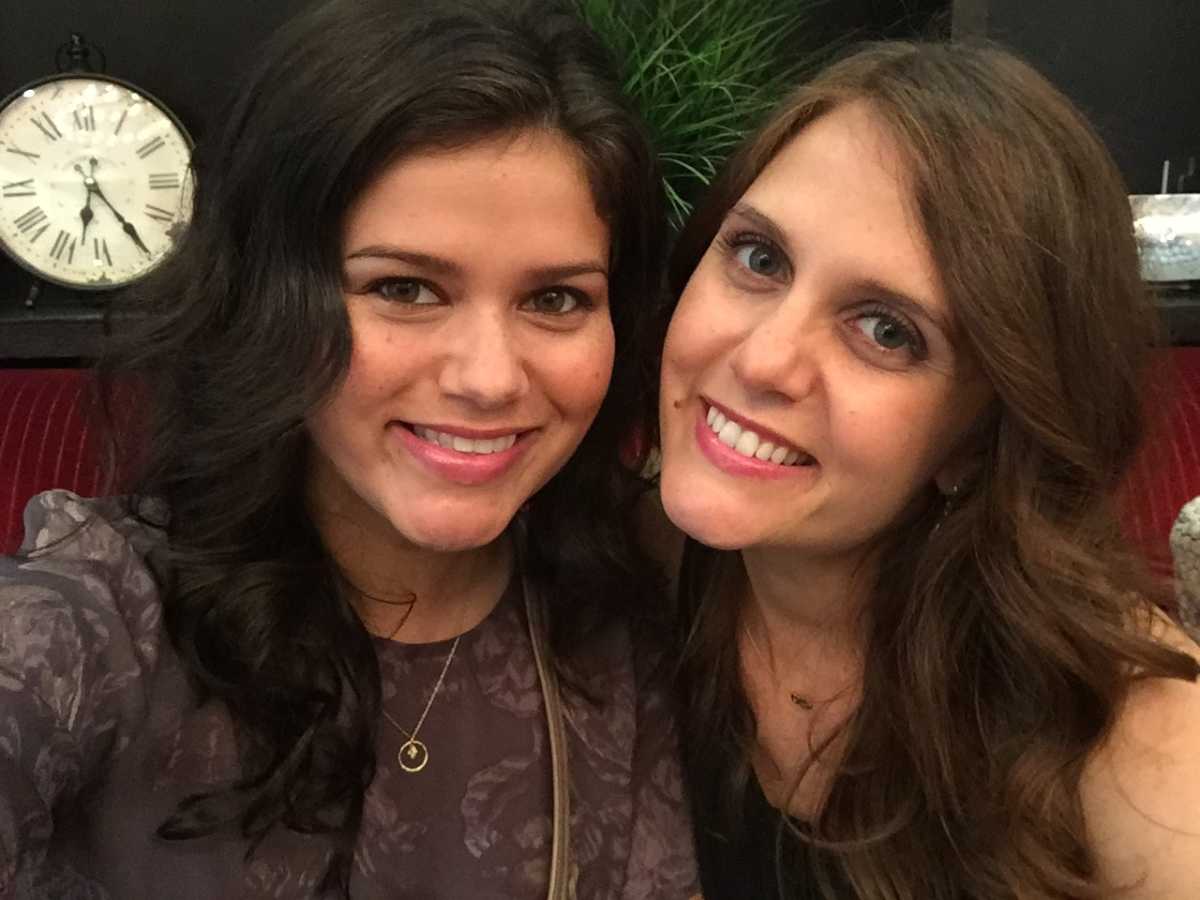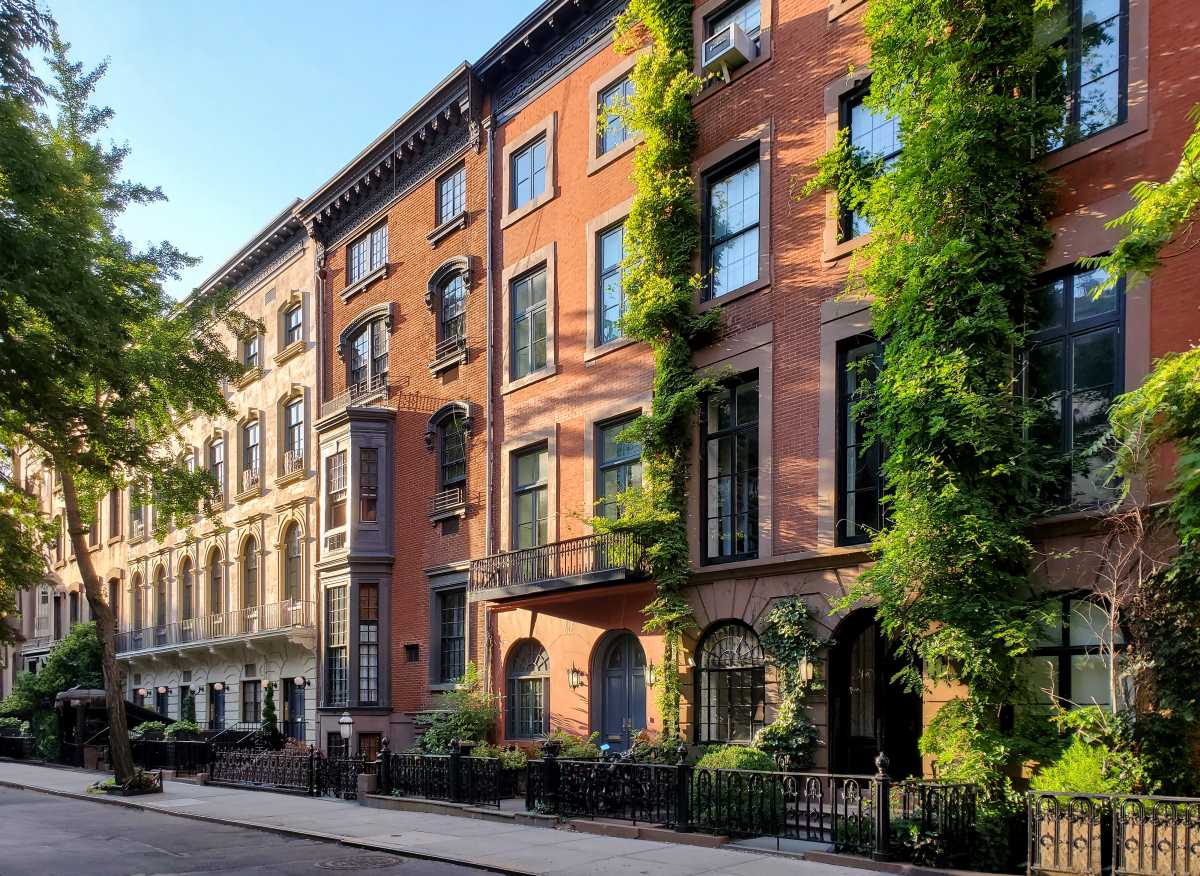
BY DARNELL McGEE | Let me start off by saying how much I love white people. I love them just as much as I love Asian, Indian, Latino, Middle Eastern, African and any other group I forgot to mention; but white people particularly, hold a special place in my heart.
Growing up, I had a ton of white friends, and by ton, I mean one. I had white teachers, white mentors and white encouragement from everywhere. So I’ve certainly come to have a great deal of appreciation and respect for the white community.
Currently, I live in the whitest of communities in New York City, the West Village. It’s quite white. White people are everywhere down here: in the restaurants, at the barbershops, in the pet stores. You name it, and there are white people there. Some are very kind. Some are very beautiful. And some are racist as hell.
I grew up in Newark, New Jersey. I had two parents, a dog (briefly), and an older brother who I loathed, so a pretty typical family. There weren’t many white people where I grew up. There were some sprinkles of white people occasionally thrown about, some Latinos and Portuguese.
I went to private schools most of my life, so I encountered them daily, but only for eight hours at a time. I didn’t experience real racism until about the seventh grade, when my mom sent me to a highfalutin camp in Princeton for the summer. I was one of two black guys in a camp of about 50 kids.
One night, one of the guys at camp went into one of the girls’ cabin, threw some water on them and ran out before anyone saw them. I knew nothing of this event until one of the counselors burst into our room and demanded to know who did it.
“Why are you coming in our room?” I griped as my roommates played Supremes to my Diana and backed me up with head nods and “Yeahs?”
“Just tell us if it was you or not,” the counselor said, looking directly at me and bypassing the other two adorable white boys in the room.
“If what was me?” I said, this time getting a little more indignant. He stood there and looked me up and down, and once again asked me to come clean.
Another of my bunkmates inquired about what had happened, and when he did, the counselor looked at him, and then proceeded to walk out the room.
My bunkmates and I looked around at each other, and then one of them peered out the door to see if the counselor was still around, but he had left, and it seemed, hadn’t knocked on any other rooms.
“What was that about?” I asked genuinely confused.
“I don’t know” said one roommate. “I could give a s—,” said the other.
But the third campmate said something I’ll never forget.
“Dude, you’re black. Of course he asked you,” he said with a smirk.
And then like Chris Brown at a Girl Scouts meeting, it hit me: I had been racially profiled.
“Me? Me?” I thought as I gazed into the blue eyes of the boy who unlocked my blissful ignorance.
“Um yeah, you,” he said with no fear and unabashed confidence. And that’s the moment I realized I wasn’t a kid from Newark who got a scholarship to Camp Albemarle. Instead, I was just black, and that’s all that mattered in this world.
Learning this at an early age helped me prepare for a future that would include an abundance of white people. I now knew not to look for racism, but to expect it. Most important, I learned that racism is here to stay and you have to learn how to live in it.
So this is how I survive the West Village. It helps me survive the police stopping me on my way home, asking me why I’m down here. This is how I survive the memo from the superintendent telling people to look out for a guy in a black baseball cap lurking around the building. This is how I survive bartenders constantly asking me am I ready to settle up after my first drink at the restaurant’s bar. This is how I survive living in the Village.
Now, I realize that the community is slightly older than my young, cool, hip self, and when I say slightly, I mean much older. Most of the residents are upper-class white couples who have lived here since it was the ghetto in the ’70s. Some are new to the area, but still feel like they relocated from a suburb in Alabama — the kind of suburb that still doesn’t let kids off for Dr. Martin Luther King Day. And then there are the gays, but they never hurt anybody, except of course when they’re old and racist.
This is the Village in a nutshell: the nut, a small affluent suburb in New York City; the shell, a shroud of racist ideas and presumptions.
I really like the Village. I’ve met some cool people and awesome bartenders. I’ve run into some of the friendliest dogs with even friendlier owners. There is beautiful architecture and history paves the streets.
I often think maybe people would look at me differently if I had a wife and kids. Maybe being a young, single black man who likes to dress urban and roam the streets makes people uncomfortable.
Maybe if I fit more of the “norm” when it comes to living in the Village, I would draw less attention and fit in a little better. But then I think, maybe I shouldn’t have to. And then that maybe turns into an “I sure as hell am not going to, so screw you.”





































